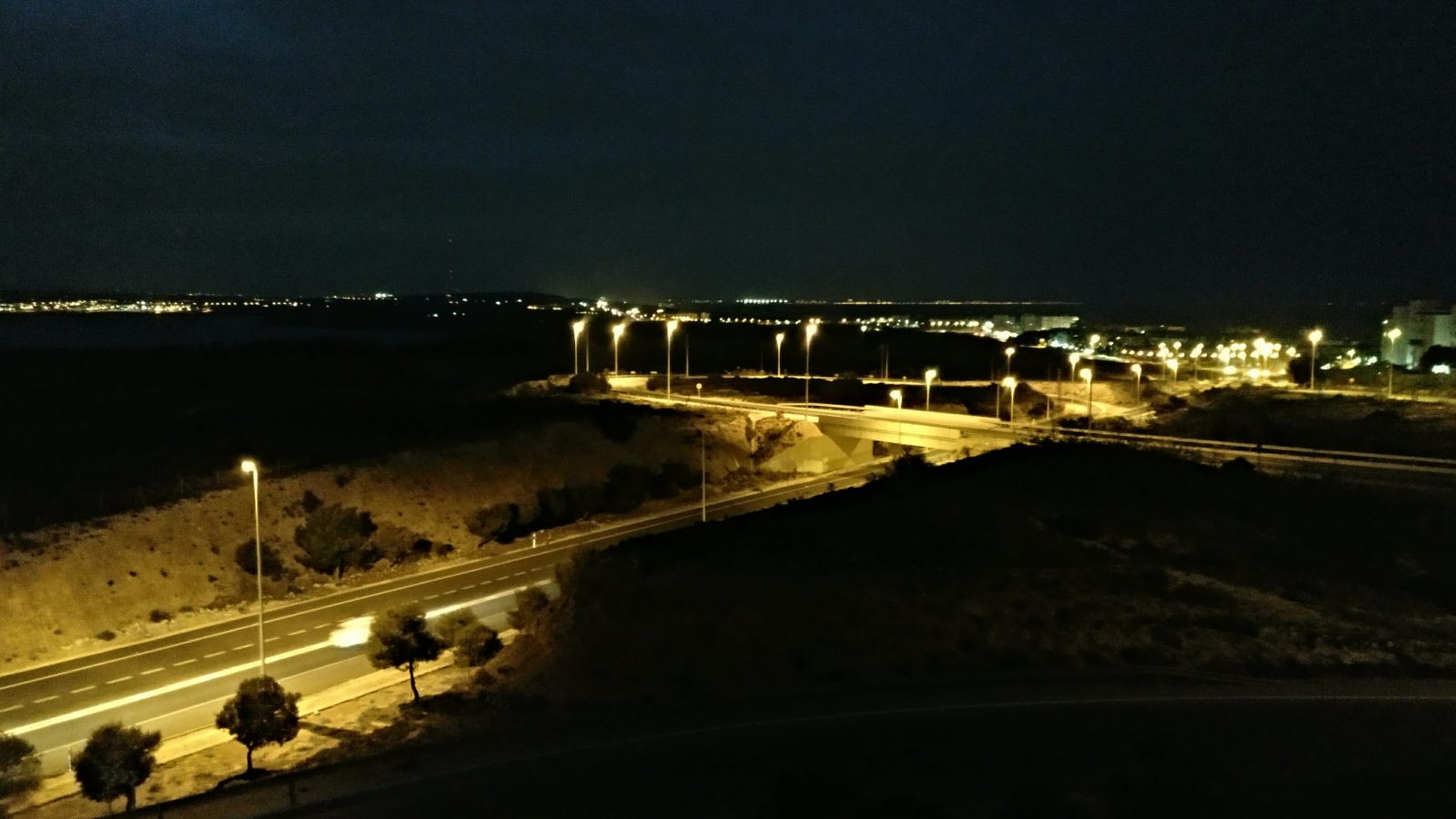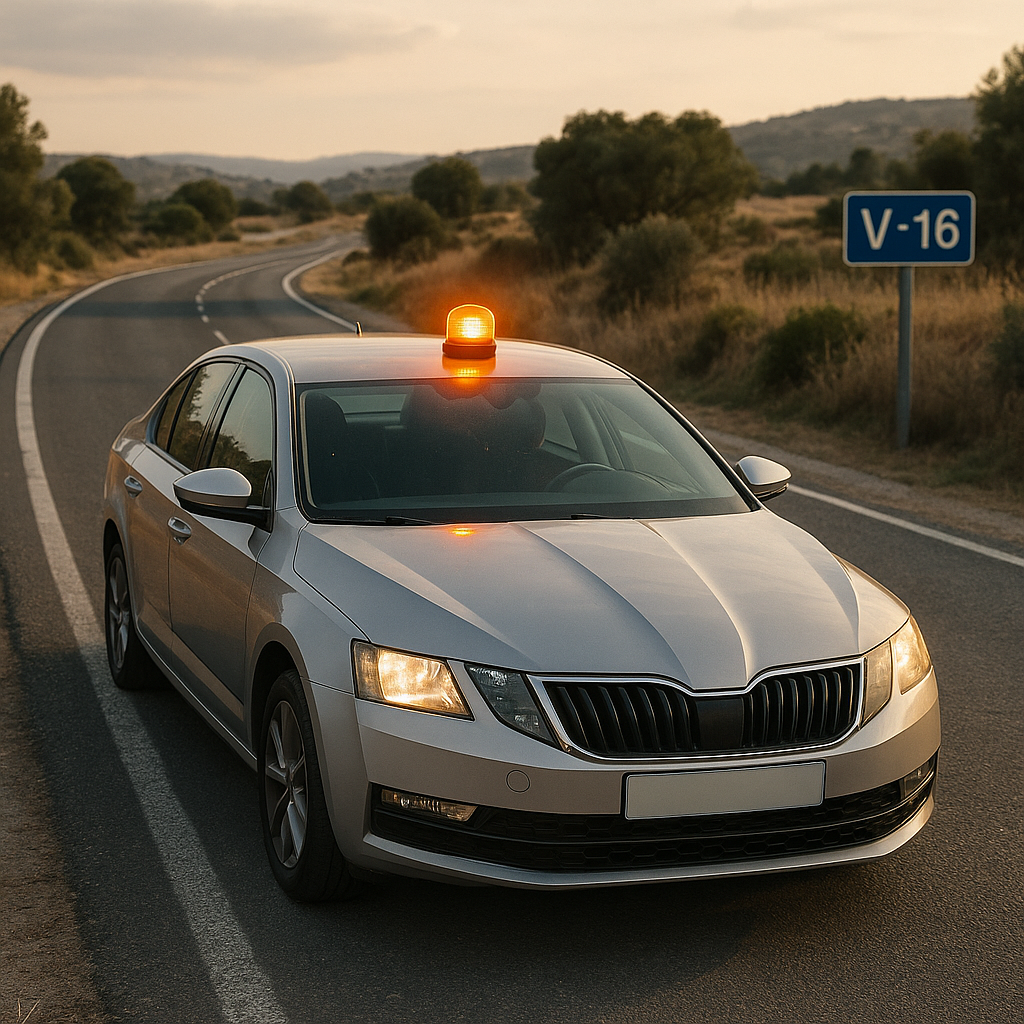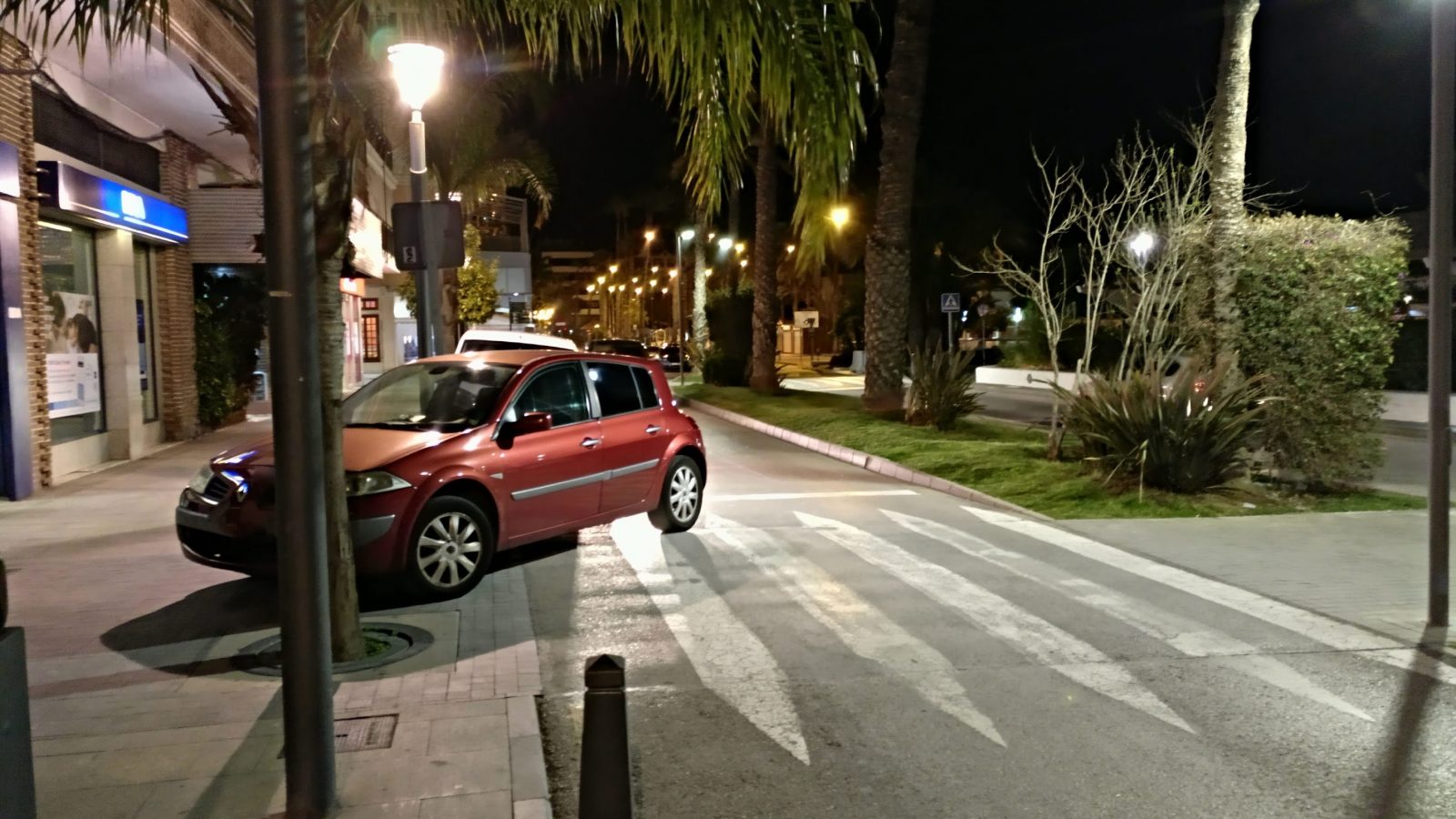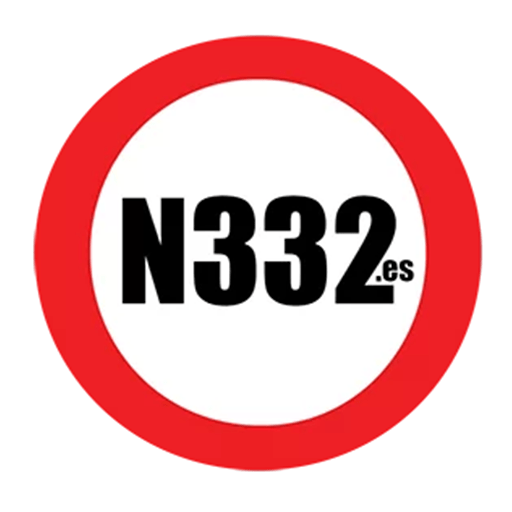Despite best efforts, accidents can happen — particularly at night, when reduced visibility and fatigue play a role. If a collision occurs after dark, clear thinking and preparation are essential.
First, ensure safety. Switch on hazard lights and place the warning triangle or electronic beacon at a safe distance behind the vehicle (remembering now that warning triangles MUST be replaced by a V-16 connected warning light by 1st January). All occupants should wear reflective vests before leaving the car, if available. Move to a secure location away from traffic.
Once safe, gather essential information: the other driver’s details, registration numbers, time, location, and lighting conditions. If possible, take photographs showing the scene, vehicle positions, and visibility — insurers often use these to assess liability. Dashcam footage can be invaluable.
If anyone is injured, call 112 immediately. Even minor injuries should be documented, as symptoms may appear later. Avoid arguments at the scene; cooperation and politeness help resolve claims faster.
When reporting the incident to your insurer, describe the conditions accurately. Darkness, glare, or poor lighting can all be relevant factors. Many comprehensive policies cover temporary replacement vehicles, or accommodation if the accident occurs far from home.
Check your policy before travelling to understand exactly what is included. Optional extras such as legal support, or personal accident cover can prove worthwhile. For night driving in particular, make sure your visibility equipment — from lights to vests — is always in good order.
Accidents at night are stressful, but preparation turns panic into procedure. Knowing the steps, and what your insurance provides, ensures you are never left in the dark.



Discover more from N332.es - Driving In Spain
Subscribe to get the latest posts sent to your email.

You must be logged in to post a comment.